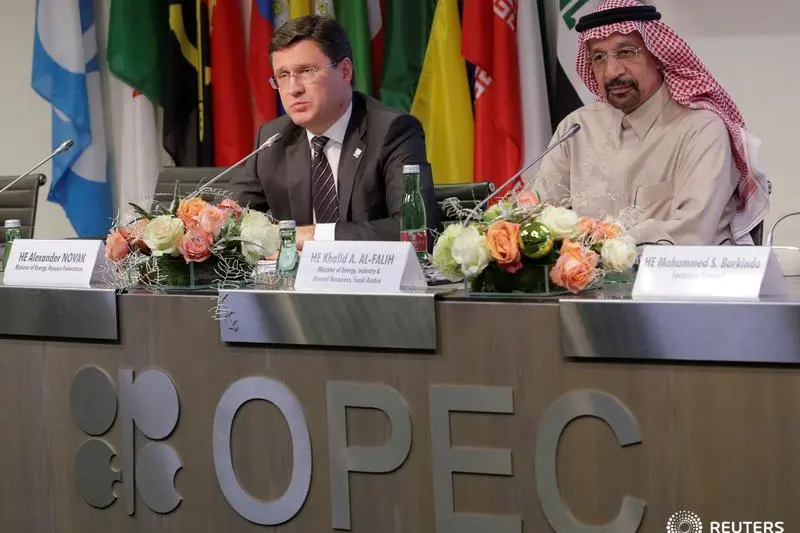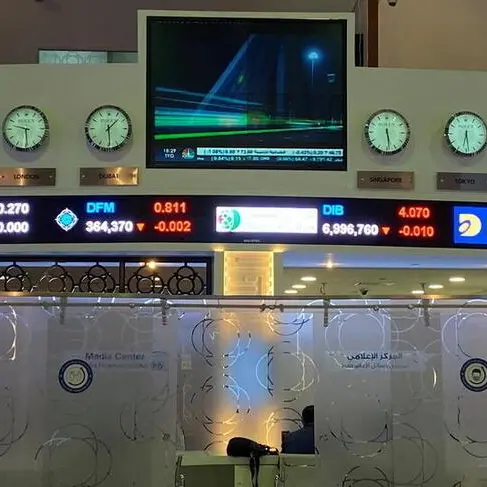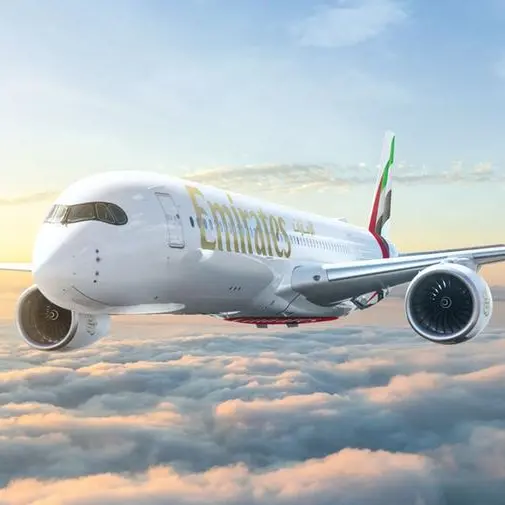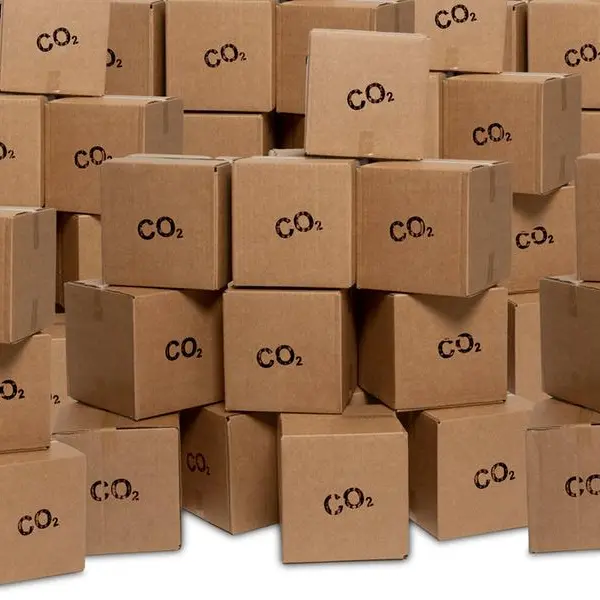PHOTO
DALLAS, (Reuters Breakingviews) - OPEC is having a ball. The cartel’s biggest member, Saudi Arabia, wants oil prices to reach $100 per barrel, and infrastructure bottlenecks offer hope they could get close. But when the history of the Organization of the Petroleum Exporting Countries is written, 2018 could well prove an Indian summer.
Oil discoveries in Texas and elsewhere kept prices in check over the last four years. But since January, crude’s two main global price benchmarks have moved up considerably. OPEC’s cuts have drained inventories, but the real surge came when the market started to fret that relations with oil-producing countries like Iran were becoming strained. Since early April, Brent crude prices have risen some 15 percent and are now around $78 a barrel.
Drill down a bit more, and there’s a clear problem with the U.S. shale motor. West Texas Intermediate, a closer reflection of U.S. prices, has risen, but hovers roughly $7 below Brent. The price that drillers are receiving for each barrel they pump in West Texas – the so-called Midland price – sits another $10 or so below WTI.
In 2017, roughly 34 percent of the country’s crude came from the West Texas region of the Permian Basin, according to Evercore ISI. The growing boom of oil helps explain the difference between WTI and Brent. Yet until the beginning of the year, the Midland price more or less tracked WTI. The culprit for the spread in West Texas is a transportation bottleneck in the area that has worsened as global oil prices have climbed. Pipelines, the cheapest way of shipping oil, are full. It takes time to build new ones, and in the meantime, existing infrastructure is stretched. Producers in Midland are extracting oil, but they have nowhere to send it.
This infrastructure shortage was always expected to come in the region, but as prices have risen more dramatically since the beginning of the year, in part because of geopolitical concerns, so has the drillers’ pace of pumping. The bottleneck has come sooner. This year drilling is expected to increase almost a third, Evercore ISI says. By 2020, the region should be pumping some 1.7 million more barrels per day – a total of nearly 4.2 million barrels daily, around 4 percent of the global total.
The spread doesn’t affect all producers equally. Other ways of getting oil out of the area – trucks and rail – are expensive. If global prices hit $100 a barrel, some larger producers might opt for alternative methods to bring oil to the Gulf of Mexico to ship overseas. In fact they are expected to benefit from the higher prices.
But smaller Permian producers won’t all be able to afford a different transportation method. Because their business is regionalized, and most of the market was expecting a glut rather than a shortage, they hedged global oil prices, which until recently seemed a sure thing at $60. They can’t benefit from higher WTI. So as the Midland price breaks, their oil becomes stranded. So long as West Texas drillers keep pumping, the problem is exacerbated in the short term.
For now, that helps pad the economy of countries like Saudi Arabia, which Reuters recently reported wanted $100 a barrel crude. They can continue to pump oil and sell it at the higher price while supply from Texas is constrained. But it’s hardly a long-term luxury. Some half dozen pipelines – funded by both private equity firms like Ares Capital and publicly traded companies such as Plains All American Pipeline – are meant to be opening between mid-2019 and the end of 2020. RBC Capital Markets predicts pipeline capacity that can ship 2 million additional barrels per day will come online by the end of next year. Another 1.2 million should come by the end of the following year, taking on all the new oil pumping from the Permian, and then some.
Then there are the cyclical constraints of the commodity. As prices rise, demand falls. The International Energy Agency revised its 2018 demand growth estimate on Wednesday to 1.4 million barrels a day, from 1.5 million barrels.
Sure, Permian oil may not grow as predicted – if technology becomes less efficient, say, or the wells generally aren’t as prolific. Still, RBC cites the furious rebound that followed the 2014 oil price rout. Even at half the projected production numbers, though, Permian drillers can sop up big declines from other global producers once they figure how to get their oil overseas. Then OPEC’s Indian summer will rapidly turn to winter.
CONTEXT NEWS
- The International Energy Agency on May 16 revised its estimates for global oil demand growth this year to 1.4 million barrels a day from 1.5 million barrels per day, citing higher oil prices. World oil demand is expected to average 99.2 million barrels per day in 2018.
- President Donald Trump on May 8 reinstated U.S. sanctions on Iran. The United States would be instituting the “highest level of economic sanctions,” he said. Brent crude prices have risen 11 percent since March 29.
(Editing by George Hay and Amanda Gomez)
© Reuters News 2018












